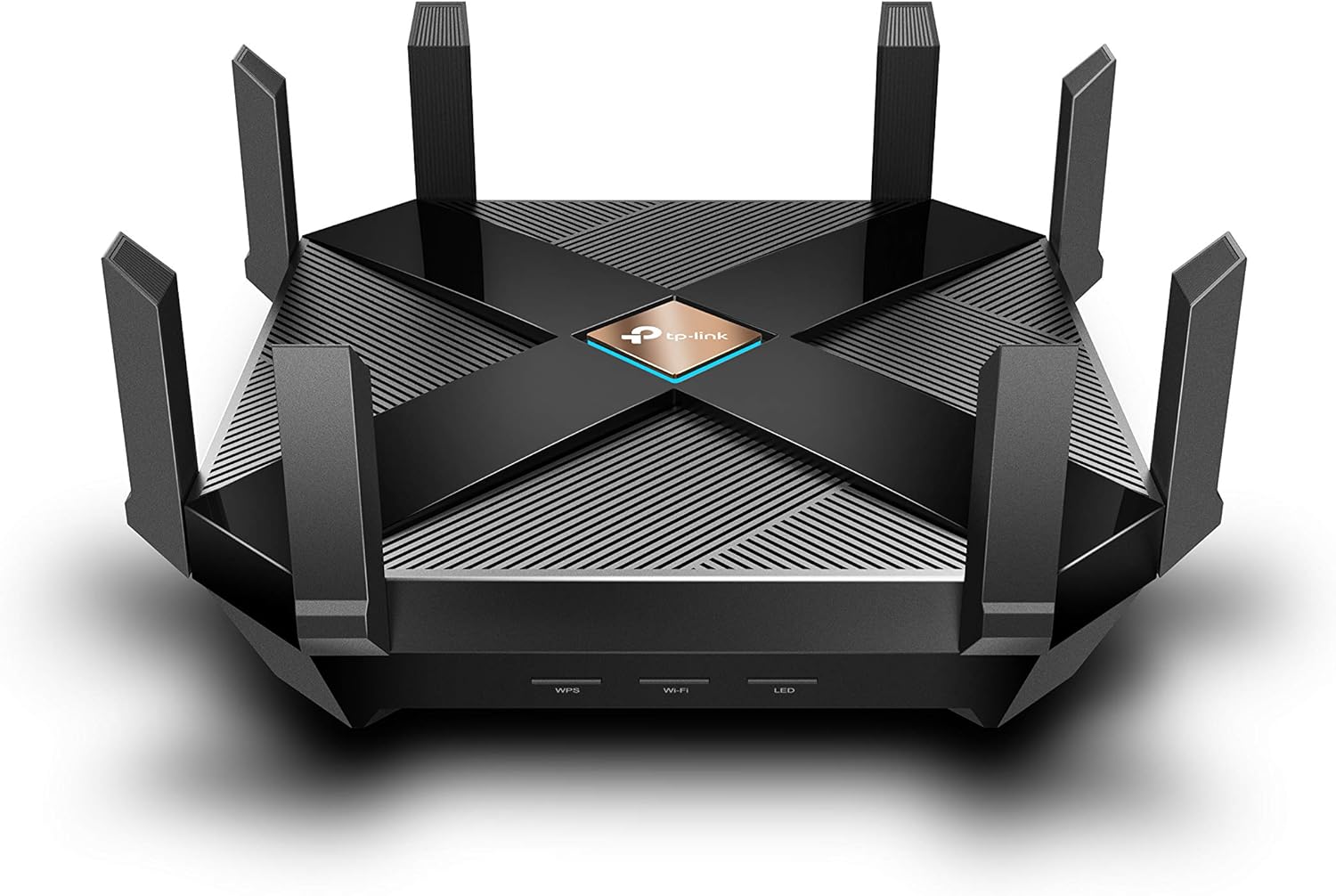

One of the long-awaited features is improved BGP performance and the ability to leverage multiple CPU cores. MikroTik has come a long way since the first release of RouterOS v7 beta.

The most common use case among MikroTik users is more efficient subnetting of IPv4 and directly replaces LDPv4 for this Continue readingĠ MikroTik – RouterOS v7 – BGP performance testing for full tables It generally operates in much the same way as LDPv4. LDPv6 is defined by RFC 7552 and is fairly recent as it finalized in 2015. While I generally am in favor of SR-MPLS/SRv6 long term due to the protocol simplification and traffic management capabilities, having an IPv6 MPLS stack is a great starting point for MikroTik. SR-MPLS (less common and usually with IS-IS) and SRv6 are the other options besides LDPv6. There are a few different ways to distribute labels in IPv6 MPLS. Single stack networks are easier and cheaper to operate in the long run and are a natural evolution of dual stack networks as we begin to turn IPv4 off for underlay infrastructure. However, single stack networks with IPv4 as a service overlay are definitely on the horizon for MikroTik users now that MPLS can operate purely on IPv6. Dual stack networks are still the most common and easiest to initially deploy for carriers. IPv6 adoption has really picked up in the last 12 months and MikroTik RouterOSv7 development is no exception. 0 MikroTik – ROSv7 – VPLS over IPv6 MPLS with LDPv6


 0 kommentar(er)
0 kommentar(er)
